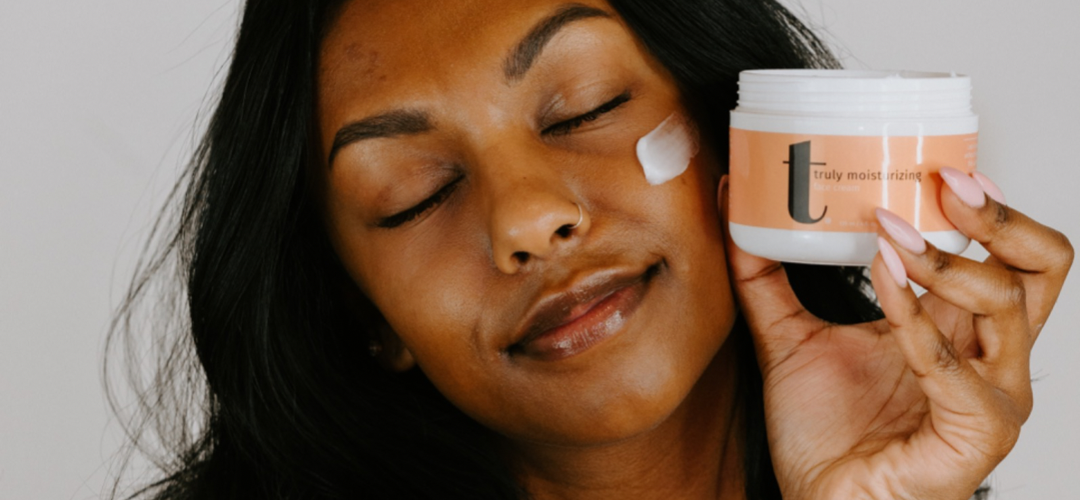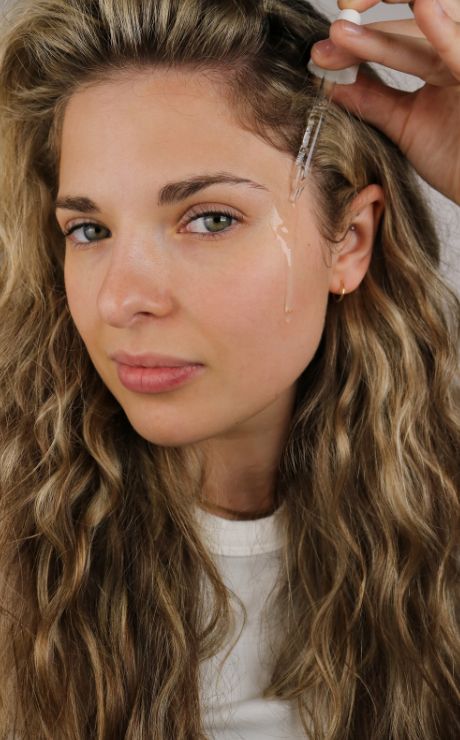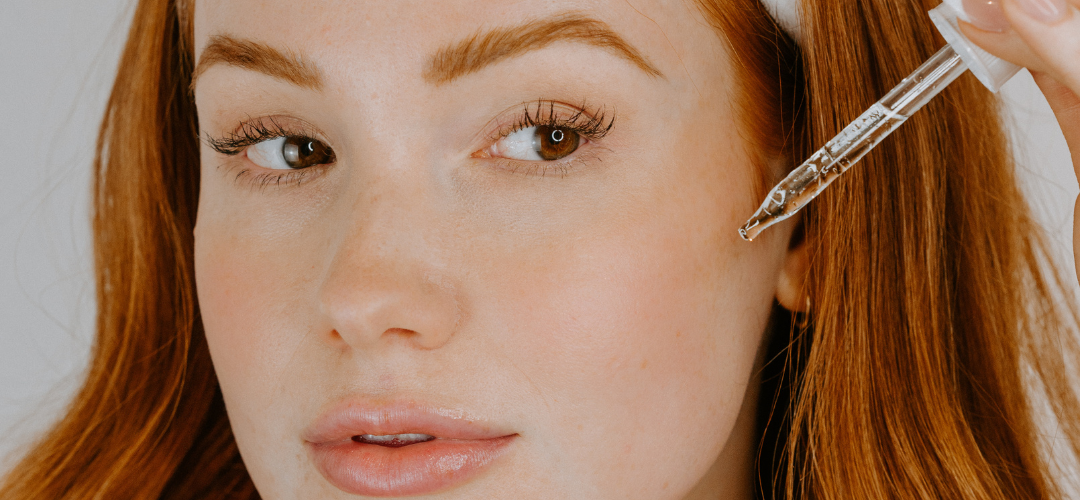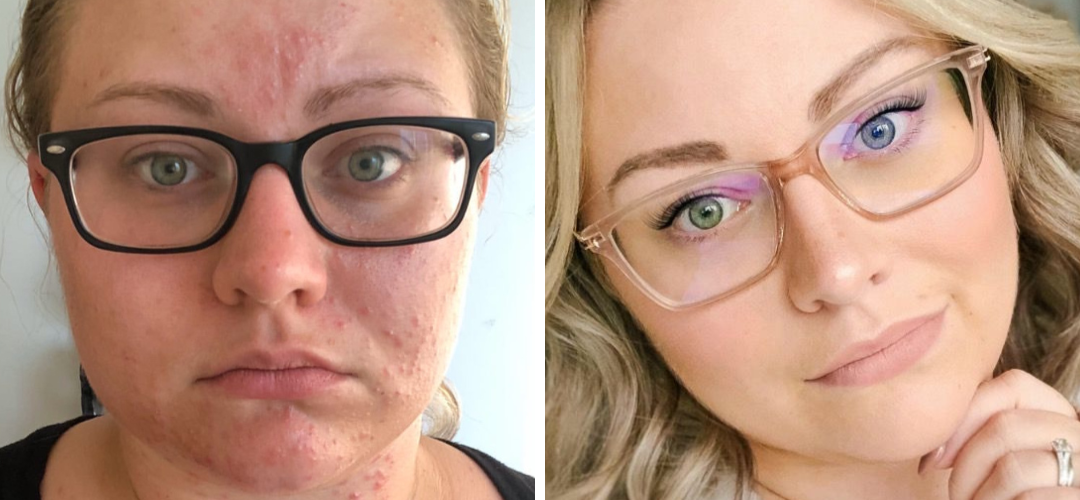
How to layer your skincare for the best results
One of the most frequently asked questions we get when it comes to skincare, is how to layer your products correctly for the best results. The more products that are introduced into your routine, the more important it is to understand how different applications will make or break the progress you’re trying to make. At a certain point, it can begin to feel like our skin’s progress begins to take a plateau, and often, it can be as simple as switching up your application to ensure the best absorption and retention of your products! We’re taking the guessing right out of it and providing you with our step-by-step guide to your best applications.
Step 1: Cleanse
Cleanser should always be the first step in any skincare routine. Think of cleanser as the initial sweeping of the floor prior to giving it a good polish. Cleansers break down dirt, bacteria, and excess oils from the skin, which gives the skin a blank canvas that can more readily absorb your leave-on products, without the risk of them clogging your pores. We only have so much available room for product to absorb through our pores, and if they are already filled with bacteria and oils, the skincare being applied on top will not be able to penetrate as deeply, which can also create a “pilling” effect, where it feels as though your skincare is simply sitting on the surface of your skin.
Step 2: Exfoliate
Exfoliating is one of the most amazing things you can do to improve texture and promote cell turnover, which also allows other products to penetrate more deeply into the skin. It is important not to over exfoliate, as too much cell turnover weakens the skin’s natural barrier, making the skin thinner and more susceptible to environmental stressors, as well as sensitivities to other products. We recommend exfoliating 1-3 times a week depending on your personal preference and skin type. It is also important to exfoliate after cleansing, as cleansing after exfoliating will remove the helpful nutrients you have added into your skin from the exfoliant.
Step 3: Tone
Toners are both an extension of a cleanser’s properties (removing excess dirt, bacteria, and oils) as well as their own exclusive ability to balance the skin’s pH levels and reduce inflammation. They should be applied as the first leave on product in your routine to set the stage for the next step, your serums!
Step 4: Apply your serums
Serums are some of the most magical skincare products available, being high concentrations of active ingredients in leave-on form, they are arguably the most effective products in skincare. Making sure you are getting the most out of them is even more important for their effectiveness. As a rule of thumb, serums should be layered from lightest to heaviest, and there is no need to wait more than 30 seconds between each serum, mixing is OK! Because of the complexity of serums available on the market today, serums containing certain ingredients may have their own set of rules, in terms of what is recommended to mix or not mix with them. It is always recommended to peek at the guidelines of any serum to ensure there are no extra precautions to keep in mind. For example, our vitamin C and retinol serums are not intended to be used in the same routine, as it will diminish their results when they come into direct contact with one another.
Step 5: Moisturize
The most important step in any skincare routine is applying a moisturizer. This brings the entirety of your skincare routine together, allowing water to penetrate deep within the skin, while also replenishing hydration after cleansing and exfoliating. If you do not use any serums in your routine, this is even more important to ensure a healthy dermis and save your skin from dehydration.
Bonus steps: Facial oils and spot treatments
Oils and oil treatments should always be the *very last step in your routine aside from your face cream. Oils by nature are the slowest to absorb, and water-based products like face creams are quicker to absorb, as water evaporates. The oils will act as a protective barrier and eventually seep in overnight while you sleep, while ensuring your face cream was applied first will ensure this product can properly absorb into your skin, without a facial oil blocking its ability to penetrate the skin. Because oil is most effective on the skins surface and water is most effective inside the skin’s layers, this is best practice!
Have more skincare questions? Let’s talk about it! Send us an email at info@trulylifestylebrand.com or reach out to us on Instagram at @trulylifestylebrand




Leave a comment
This site is protected by hCaptcha and the hCaptcha Privacy Policy and Terms of Service apply.